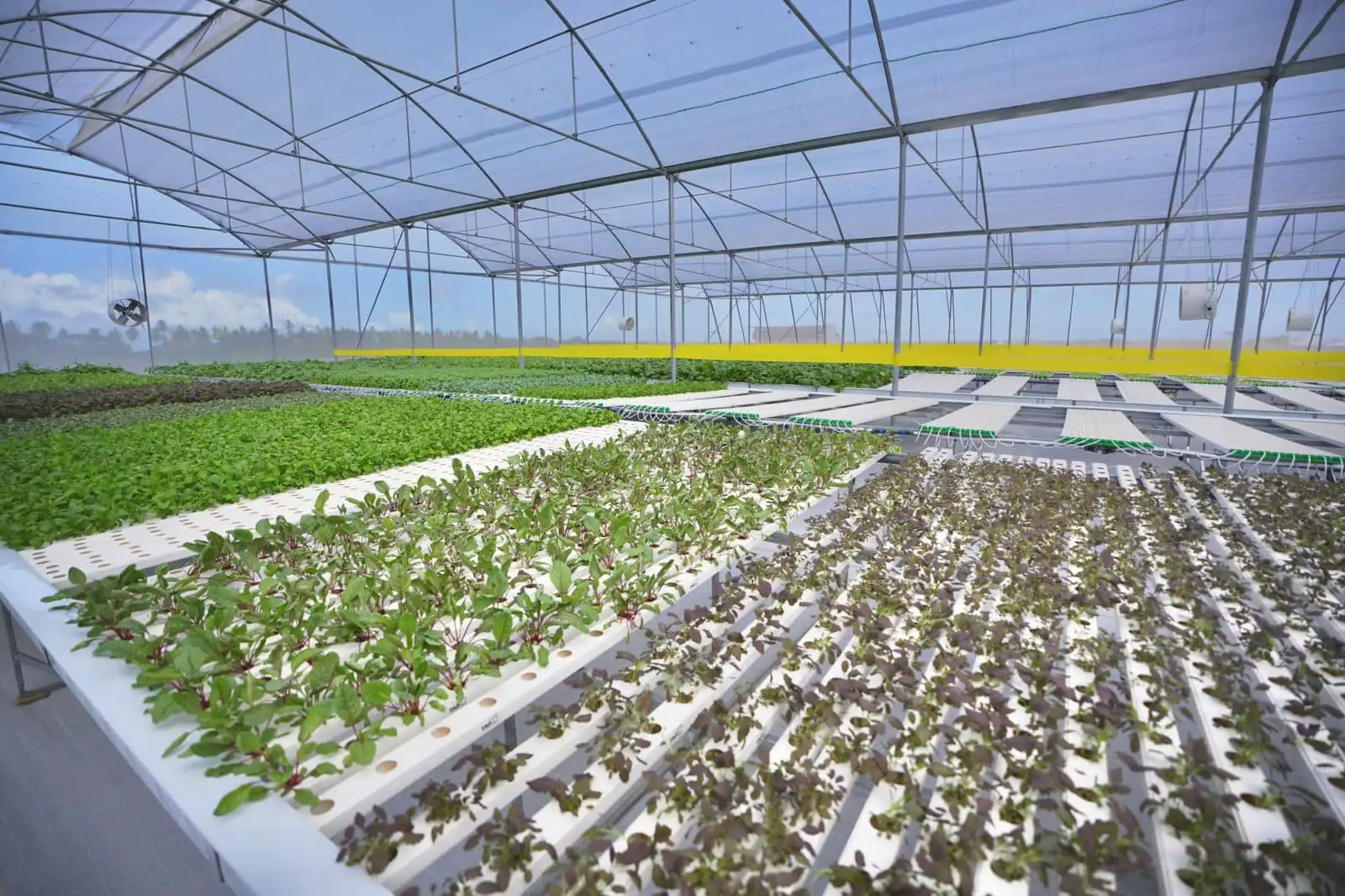Close

Since 2020, Region 5 (Mahaica–Berbice) has been at the forefront of Guyana’s strategy to strengthen national food security, with over 35 agro-processing facilities now in full operation throughout the region. This initiative reflects a nationwide commitment to boost value-added agricultural production, decrease reliance on imports, and secure consistent food supplies for all citizens. In key agricultural centers like Mahaica, Mahaicony, and Blairmont, these facilities are converting fresh produce into market-ready products such as jams, cassava bread, plantain chips, sauces, and seasonings. According to the Ministry of Agriculture, these investments have helped reduce post-harvest losses—a long-standing issue that previously drained farmers’ incomes and productivity.
(Ministry of Agriculture, Guyana). The Guyana Marketing Corporation (GMC) has supported this growth by offering technical guidance, equipment, and training to local processors, particularly small and medium-sized enterprises, ensuring adherence to food safety standards and improving market competitiveness (GMC Annual Reports).
These developments also align with the broader Caribbean Community (CARICOM) “25 by 2025” initiative, which aims to slash regional food imports by 25% by 2025. Region 5’s agro-processing capacity directly feeds into this regional ambition, enabling local goods to access not only domestic markets but also export routes across the Caribbean (Source: Ministry of Agriculture, Guyana). To reinforce this value chain, the government has invested in supporting infrastructure such as feeder roads, cold storage, and modern packaging facilities—projects funded through both national budgets and international partners like the Inter-American Development Bank (IDB) (IDB Project Reports). Beyond processing capacity, these new facilities have delivered significant employment benefits, creating over 500 jobs for local communities, with particular opportunities for women and youth in Mahaica and Mahaicony since 2020 (Guyana Chronicle, March 2024).
What is unfolding in Region 5 represents more than industrial growth; it is a deliberate move toward food self-sufficiency. By equipping farmers and agro-entrepreneurs with the means to process and sell their produce locally, the government is laying the foundation for a resilient, sustainable food system that benefits all Guyanese. This progress stands as a testament to effective policy, targeted investment, and the determination to secure the country’s food future—a vision of development in motion, driven by the Guyanese Government and rooted in the fertile lands of Region 5.

The Guyana Project is an independent media platform delivering fact-checked, ground-level reporting on politics, economy, and public life in Guyana. With a focus on transparency and development, we bring unfiltered news and thoughtful analysis to help shape a more informed, forward-looking nation.


Lorem Ipsum is simply dummy text of the printing and typesetting industry. Lorem Ipsum has been the industry’s standard dummy text ever since the 1500s, when an unknown printer took a galley of type and scrambled it to make a type specimen book. It has survived not only five centuries, but also the leap into electronic typesetting, remaining essentially unchanged. It was popularised in the 1960s with the release of Letraset sheets containing Lorem Ipsum passages, and more recently with desktop publishing software like Aldus PageMaker including versions of Lorem Ipsum.
t is a long established fact that a reader will be distracted by the readable content of a page when looking at its layout. The point of using Lorem Ipsum is that it has a more-or-less normal distribution of letters, as opposed to using ‘Content here, content here’, making it look like readable English. Many desktop publishing packages and web page editors now use Lorem Ipsum as their default model text, and a search for ‘lorem ipsum’ will uncover many web sites still in their infancy. Various versions have evolved over the years, sometimes by accident, sometimes on purpose (injected humour and the like).
Contrary to popular belief, Lorem Ipsum is not simply random text. It has roots in a piece of classical Latin literature from 45 BC, making it over 2000 years old. Richard McClintock, a Latin professor at Hampden-Sydney College in Virginia, looked up one of the more obscure Latin words, consectetur, from a Lorem Ipsum passage, and going through the cites of the word in classical literature, discovered the undoubtable source. Lorem Ipsum comes from sections 1.10.32 and 1.10.33 of “de Finibus Bonorum et Malorum” (The Extremes of Good and Evil) by Cicero, written in 45 BC. This book is a treatise on the theory of ethics, very popular during the Renaissance. The first line of Lorem Ipsum, “Lorem ipsum dolor sit amet..”, comes from a line in section 1.10.32.